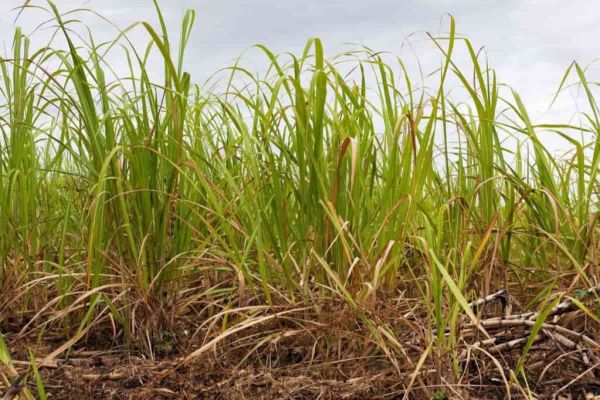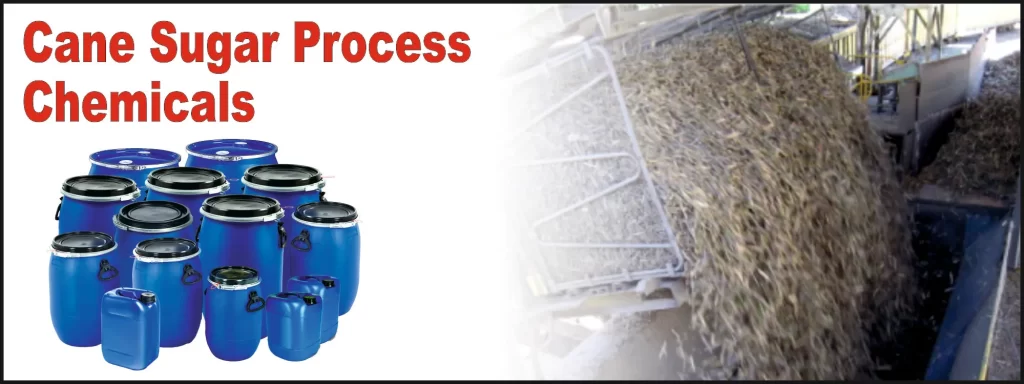Understanding the Diverse Roles of Sugar Cane in Agriculture and Production
Sugar Cane plays an essential role in both agriculture and manufacturing. As a major money plant, it affects economic situations in exotic regions. Its flexibility prolongs beyond sugar production to biofuels and naturally degradable products. In addition, sugar Cane farming advertises dirt wellness and biodiversity. The full scope of its contributions and potential in sustainable practices remains to be explored. What innovative measures could boost its duty in future farming systems?
The Agricultural Value of Sugar Walking Cane
Sugar Cane plays an essential function in farming, contributing significantly to the economic climates of numerous tropical and subtropical regions. This yard varieties prospers in warm climates, calling for enough sunshine and water, making it a suitable crop for these areas. Sugar Cane is primarily cultivated for its high sucrose web content, which functions as a vital resources for sugar production. Furthermore, it plays a considerable function in soil preservation by stopping erosion and boosting dirt fertility through its development cycles. Sugar walking stick's extensive origin system aids in water retention, profiting surrounding crops. The plant sustains local environments by offering environment and food for various wild animals species. Farmers usually integrate sugar Cane right into crop rotation systems, improving biodiversity and agricultural durability. The farming of sugar Cane not only fulfills regional food needs however additionally cultivates lasting farming practices, promoting lasting environmental health and wellness in farming communities.
Economic Payments of Sugar Cane Cultivation
Although sugar Cane is commonly overlooked, its economic payments are substantial, particularly in establishing nations where it acts as a necessary cash money crop. The growing of sugar Cane produces significant revenue for millions of farmers, offering source of incomes and cultivating country development. As a flexible plant, it supports various markets, including sugar production, biofuels, and drugs, as a result boosting neighborhood economies.
Sugar Cane growing promotes job creation in agricultural industries, processing facilities, and transportation networks. It additionally adds to fx revenues via exports, boosting nationwide financial stability. In regions such as Brazil and India, sugar Cane plays a critical role in agricultural exports, bolstering profession equilibriums.
In addition, the plant's byproducts, like bagasse and molasses, supply more financial chances, made use of in power generation and pet feed. The economic effect of sugar Cane extends beyond simple farming, affecting more comprehensive industrial and agricultural landscapes.
The Refine of Sugar Manufacturing From Cane

The trip from sugar Cane to polished sugar entails numerous key phases that highlight the intricacy of sugar production. At first, fully grown sugar Cane stalks are harvested and transported to processing facilities. The Cane is then squashed to draw out juice, which consists of a high concentration of sucrose. This juice goes through clarification, where impurities are gotten rid of, often utilizing lime and warmth
Next off, the cleared up juice is vaporized to focus the sugar web content. The resulting syrup is then based on formation, permitting sugar crystals to form. These crystals are divided from the remaining syrup through centrifugation and washed to get rid of any kind of residual molasses.
The last involves refining, where sugar crystals are further cleansed and blonde, causing the white granulated sugar commonly made use of in foodstuff. This meticulous procedure highlights the elaborate trip from raw Cane to the sugar that plays a vital role in different culinary applications.
Sugar Cane as a Source of Biofuels
As rate of interest in renewable resource resources grows, sugar Cane has actually become a substantial candidate for biofuel manufacturing. The plant's high sugar material makes it possible for effective fermentation processes, converting sugars into ethanol. This biofuel functions as an eco-friendly alternative to nonrenewable fuel sources, minimizing greenhouse gas discharges and advertising energy sustainability.
Nations like Brazil have lengthy used sugar Cane for ethanol, developing extensive manufacturing facilities that supports both residential energy needs and international export. The growing of sugar Cane for biofuel has additionally developed financial chances, particularly in backwoods, where it generates employment and sustains local farming.
Sugar Cane biofuels can be integrated right into existing gas systems, making them a useful remedy for shifting away from traditional energy sources. As technical developments remain to boost production performance, sugar walking stick's function in biofuel growth is poised to expand, additionally adding to worldwide efforts towards renewable resource adoption.
Innovative Uses of Sugar Cane in Biodegradable Plastics
An expanding number of researchers and producers are checking out cutting-edge usages of sugar Cane in the manufacturing of biodegradable plastics. Sugar walking stick, abundant in sucrose, can be processed to establish polylactic acid (PLA), a biopolymer that functions as a choice to petroleum-based plastics. This bioplastic can be made use of in various applications, including packaging, disposable cutlery, and farming films.
Using sugar cane-derived PLA provides a number of benefits, such as reduced dependancy on fossil gas and the capacity for reduced carbon exhausts throughout production. Additionally, sugar walking cane's sustainable nature makes it an attractive option in the pursuit for sustainable products. Recent improvements in processing methods have boosted the performance and cost-effectiveness of creating these bioplastics, fostering better fostering in the marketplace. As the demand for eco-friendly options expands, sugar Cane attracts attention as an important source in the shift towards greener manufacturing techniques.
Environmental Advantages of Sugar Cane Farming

In enhancement, sugar Cane needs much less water compared to various other plants, making it ideal for farming in deserts. Reliable use plant deposits, such as bagasse, can minimize waste and provide sustainable energy sources. In addition, sugar Cane farming can assist in the facility of agroforestry systems, producing a synergistic connection in between trees and crops. These practices not just safeguard the setting but likewise promote lasting agricultural techniques, eventually benefiting neighborhood communities and ecological communities.
The Future of Sugar Cane in Lasting Practices

Additionally, the capacity for sugar Cane to add to sustainable energy resources is gaining grip. Biofuels stemmed from sugar Cane can significantly reduce carbon exhausts compared to fossil gas, straightening with international climate goals. Additionally, innovations in waste management allow for the usage of byproducts, additionally reducing environmental effect.
Study into drought-resistant sugar Cane ranges is likewise underway, offering strength against environment adjustment. As stakeholders across the industry welcome these sustainable techniques, sugar Cane is poised to play a vital role in my link fostering farming sustainability, ensuring its importance in future markets and contributing favorably to environmental balance.

Regularly Asked Inquiries
How Does Sugar Cane Affect Dirt Wellness and Fertility?
The influence of sugar Cane on dirt wellness and fertility is considerable. Its comprehensive root system boosts soil structure, while raw material from decomposing leaves adds important nutrients, advertising overall fertility and supporting varied microbial life.
What Are the Labor Conditions for Sugar Cane Employees?
Labor conditions for sugar Cane workers differ widely, usually identified by lengthy hours, reduced wages, and unsafe environments. Many face obstacles such as absence of access to health care and inadequate protective measures against dangerous problems.
Can Sugar Cane Be Expanded in Non-Tropical Climates?
Sugar Cane normally grows in exotic climates because of its warmth and humidity demands. Specific non-tropical areas might effectively cultivate it with particular farming techniques, though returns and top quality might be significantly reduced.
What Vermin Generally Threaten Sugar Cane Crops?
Parasites threatening sugar Cane plants consist of the sugarcane borer, aphids, and nematodes. These organisms can greatly influence plant yield, requiring effective pest monitoring techniques to guarantee healthy growth and make the most of farming performance.
How Does Sugar Cane Growing Impact Local Communities?
The farming of sugar Cane considerably affects regional neighborhoods by supplying work chances, boosting economic development, and affecting social structures. Furthermore, it can lead to environmental challenges, affecting farming methods and neighborhood health and wellness in the area.
Sugar Cane is primarily cultivated for its high sucrose content, which serves as a vital raw material for sugar manufacturing. Farmers typically incorporate sugar Cane right into crop rotation systems, enhancing biodiversity and farming resilience. The trip from sugar Cane to refined sugar involves a this hyperlink number of vital stages that highlight the complexity of sugar production. The final phase involves refining, where sugar crystals are additional cleansed and bleached, resulting in the white granulated sugar generally used in food items. The plant's high sugar material makes it possible for effective fermentation processes, transforming sugars into ethanol.